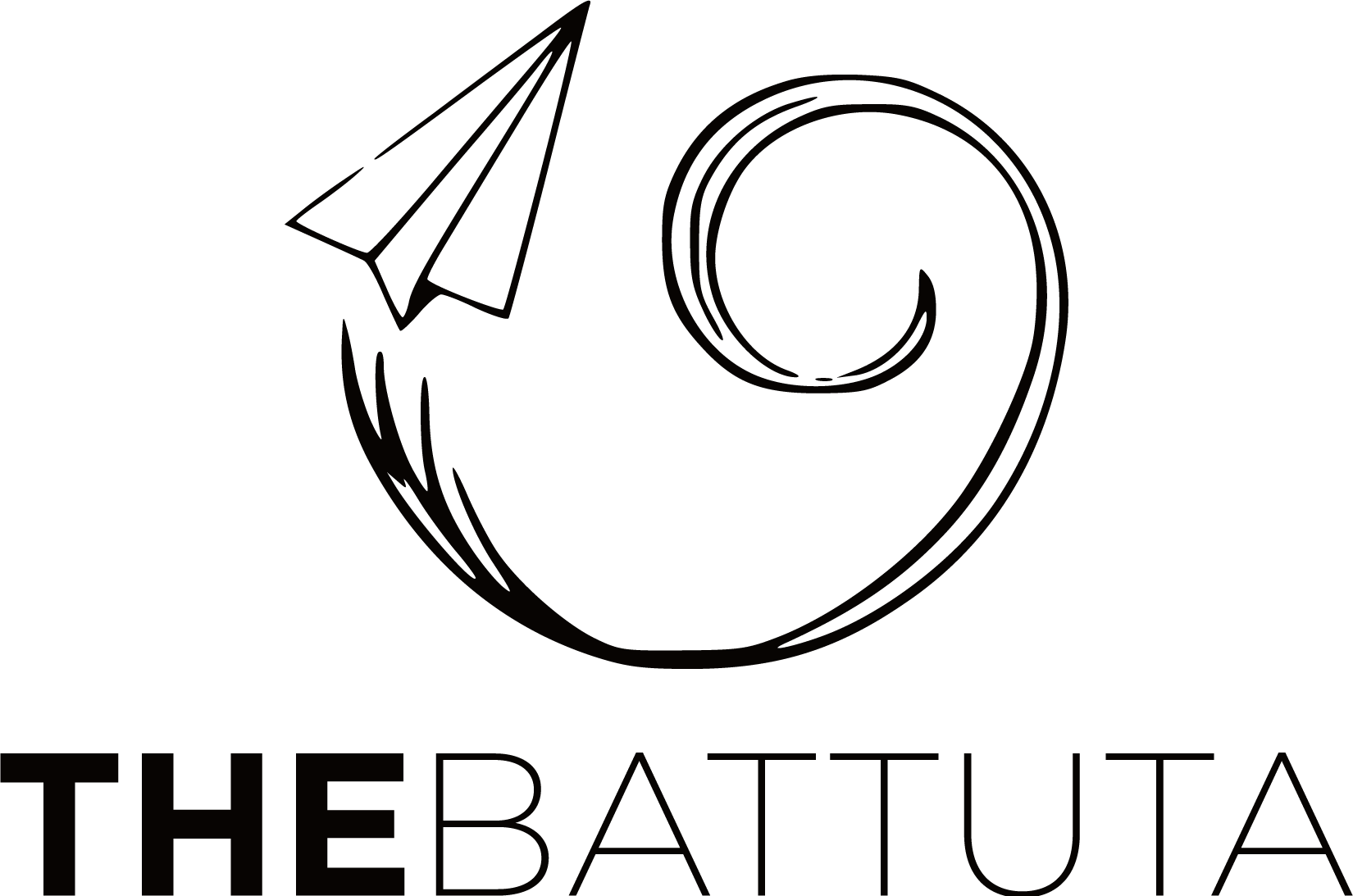Land of Canyons- Canyonlands National Park, Utah
Wherever you are in this national park, you will feel like you have stepped back in time. A 300,000-acre estate of carved beauty that showcases canyon labyrinths, sandstone pillars, and gnarled trees. It is an amazing destination for those seeking spectacular views and visitors seeking adventure. The park is known for its mountain biking terrain, as well as popular destinations for camping, hiking, and horseback riding. And if that wasn’t enough, Canyonlands is located in the heart of Moab and close to other amazing parks like Arches, Mesa Verde and more.
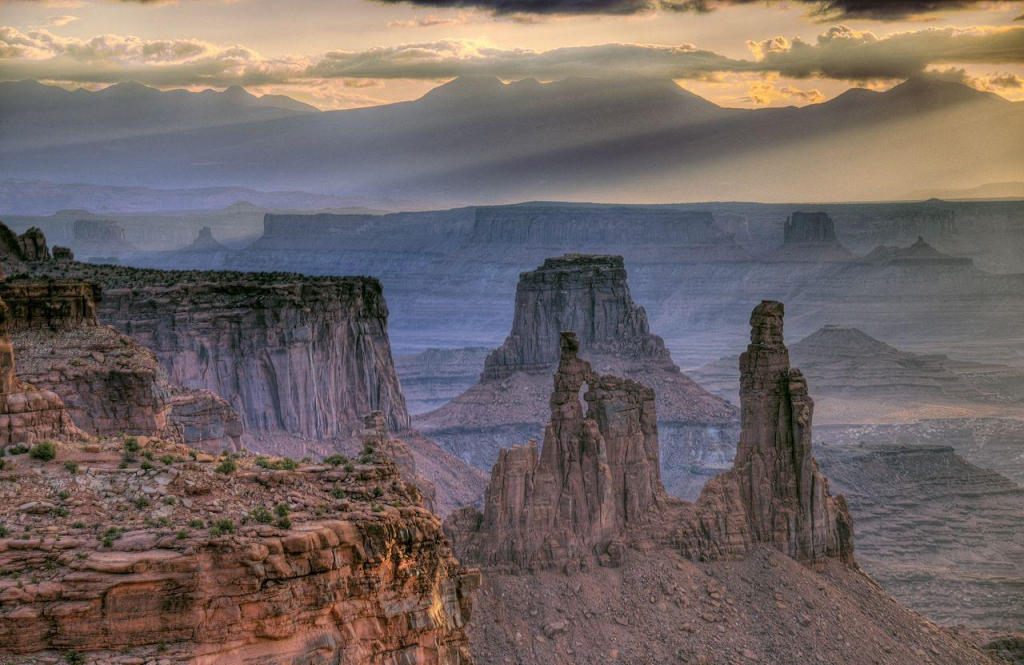
History
The natural rock formations and beauty were formed by 10 million years of flooding and accumulation. As limestone, shale and sandstone formed, the Colorado and Green rivers dug up even more soil and were carried further afield. People visit Canyonlands hundreds of years ago, and the first culture to inhabit the area were Paleo-Indians by 11,500 BC. By about 1100, there were ancestral Pueblos in the Land of Needles. Other peoples sought the area, such as the Fremont peoples, but it was not a permanent home for them. By 1885, cattle and cattle had begun to graze the area, starting with a large holding in southeastern Utah. In September 1964, President Lyndon B. Johnson signed into law a bill to preserve the Canyons as a national park that preserves its history.
When to visit?
The park is open year-round, but spring and fall are ideal for visitors who want to explore on foot. It is very hot in summer but low in humidity, and in winters it can bring cold air and snow.
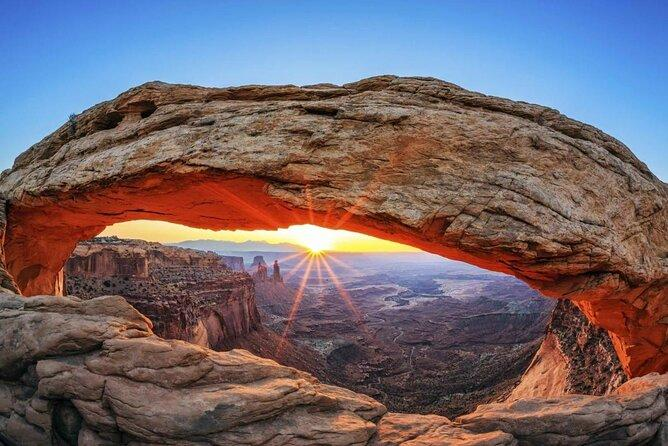
Getting There
Canyonlands has two asphalt entrances: Highway 313 to Island in the Sky; and Highway 211 to Needles. If you fly there, the closest airports are in Grand Junction, CO and Salt Lake City, UT. Commercial air service is also available between Denver and Moab. Remember: While inside the park, visitors usually need a vehicle to get around. Island in the Sky is the most accessible area and the easiest to visit in a short time. All other destinations require touring, walking or four-wheel driving.
Fees / Permits
Entry fees are as follows:
- Individuals: $5 (Good For 7 Days) Valid for motorcycles, bicycles and hikes (per person).
- Tools: $10 (good for 7 days) It includes all occupants of a vehicle.
- Local Passport: $25 This will give you access to Arches, Canyonlands, Hovenweep and Natural Bridges for a full year.
- Commercial Tours The fee depends on the capacity of the vehicle. 1 to 6 passenger vehicles cost 25 and 5 dollars per person. 7 to 25 passenger cars cost 40 dollars. 26 or more passenger cars are subject to a $100 fee.
Major Attractions
Needles: This area is named for the colorful towers of the Cedar Mesa Sandstone that make up the area. It’s a great place to find trails, especially for visitors looking for long hikes or nightly adventures. Footpaths and all-wheel drive trails feature features like Tower Ruin, Doomsday Cut, Elephant Hill, Joint Trail, and Chesler Park.
Labyrinth: Although the least accessible part of Canyonland, a trip to the Labyrinth is worth planning extra. Here you will find incredible formations like chocolate drops standing high in the sky.
Horseshoe Canyon: Don’t miss this area as it contains some of the most important rock art in North America. Check out the Grand Gallery for well-preserved, life-size figures with intricate design. It’s also a great area to see spring wildflowers, pure sandstone walls, and cottonwood groves.
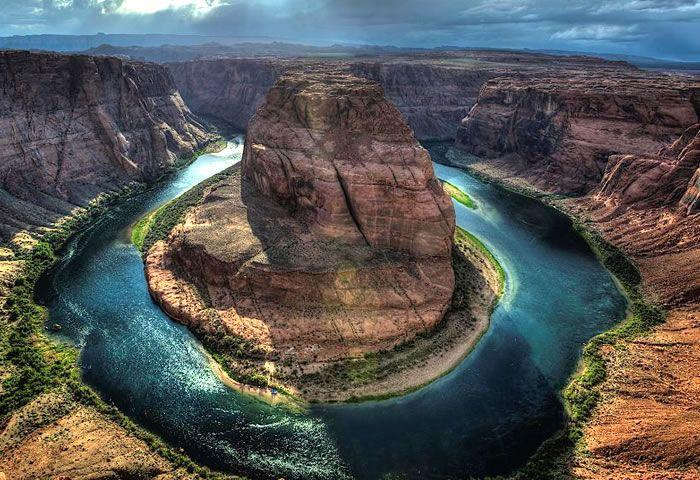
Rivers: The Colorado and Green rivers flow into the heart of the Canyonlands and are ideal for kayaks and canoes. Beneath the Confluence, you’ll find a world-class white water to explore. Mountain biking: Canyonlands is famous for its mountain biking field. Check out White Rim Road on Island in the Sky for some incredible rides. Also notable is the Labyrinth, which offers notable riders multi-day excursions.
Ranger-led activities: Rangers offer a variety of interpretive programs on the Island and Islands in the Sky from March to October. Check the visitor center and camp bulletin boards for current listings, as schedules and hours vary.
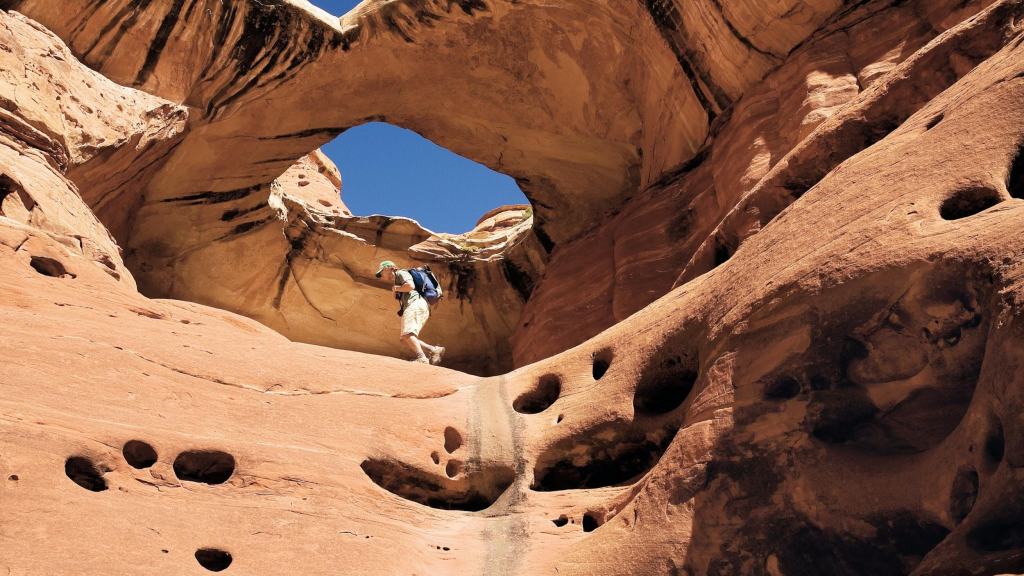
Accomodation
There are two camps in the park. Staying at Willow Flat Campground is $ 10 per night. It’s $ 15 a night at Squaw Flat Campground in Needles. And all places to stay have a 14 day limit. The camp is also popular in the Canyon area and requires a permit. There are no lodgesinside the park, but there are many hotels, motels and indoors in the Moab area. See Big Horn Lodge or Pack Creek Ranch for available rooms.
Pets
If you’re traveling with your pet, be aware that the park has lots of regulations. Pets are not allowed on hiking trails or anywhere in the backcountry. Pets are not allowed in groups traveling by four-wheel drive vehicle, mountain bike or boat. Pets are allowed in the developed camps and can be walked through the park on paved roads. Pets can accompany visitors traveling on the Moab and Potash/Shafer Canyon route. But remember to always keep your pet on a leash.
Interests Outside the Park
Arches National Park: Located upstream of the Colorado River, the park is part of the canyon country of southern Utah. With over 2000 natural arches, giant balanced boulders, pinnacles and slickrock domes, Arches is truly magnificent and a great place to visit in the area.
Aztec Ruins National Monument: Aztec displays the remains of a large 12th-century Pueblo Indian community located just outside of the New Mexico town. A great day trip for the whole family.
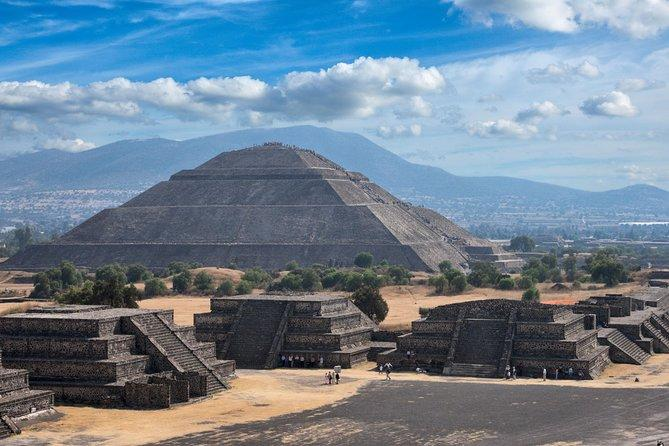
Mesa Verde National Park: This national park protects more than 4000 known archaeological sites, including 600 cliff dwellings. These sites are some of the most notable and best preserved in the United States.
Natural Bridges National Monument: Looking for a day trip and a scenic drive? The national monument is open year-round and showcases three natural bridges carved from sandstone, including the second and third largest in the world.
